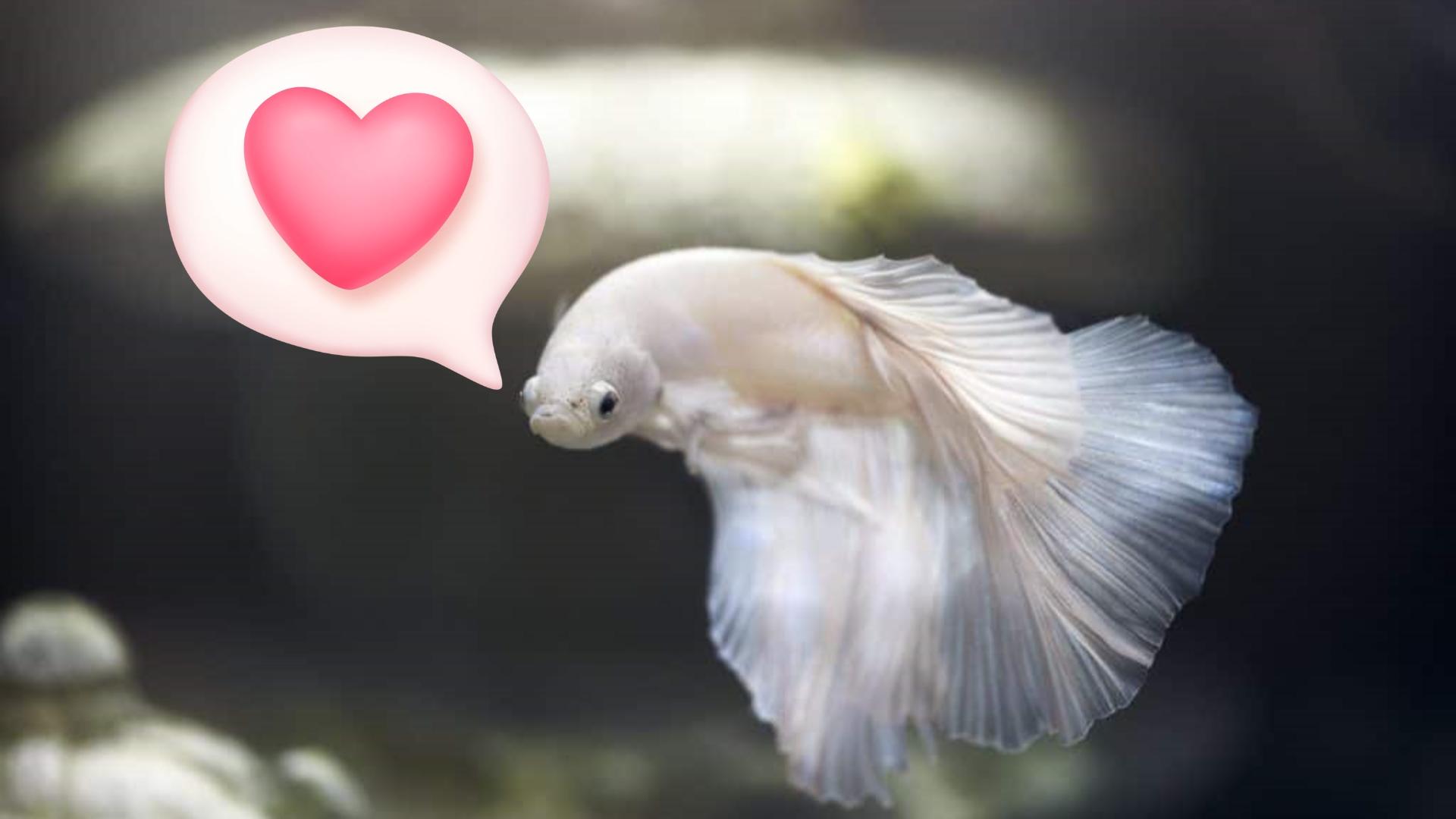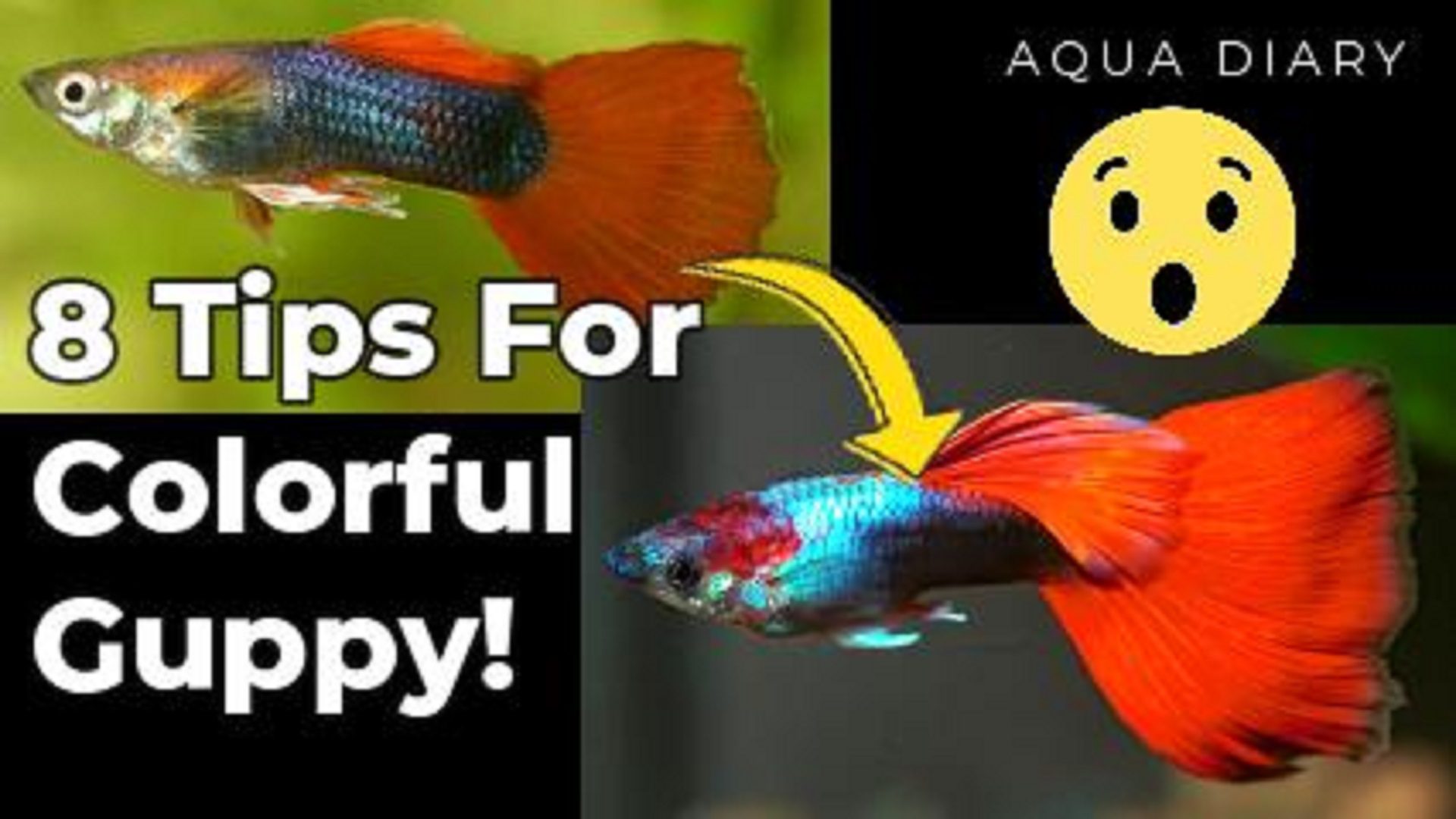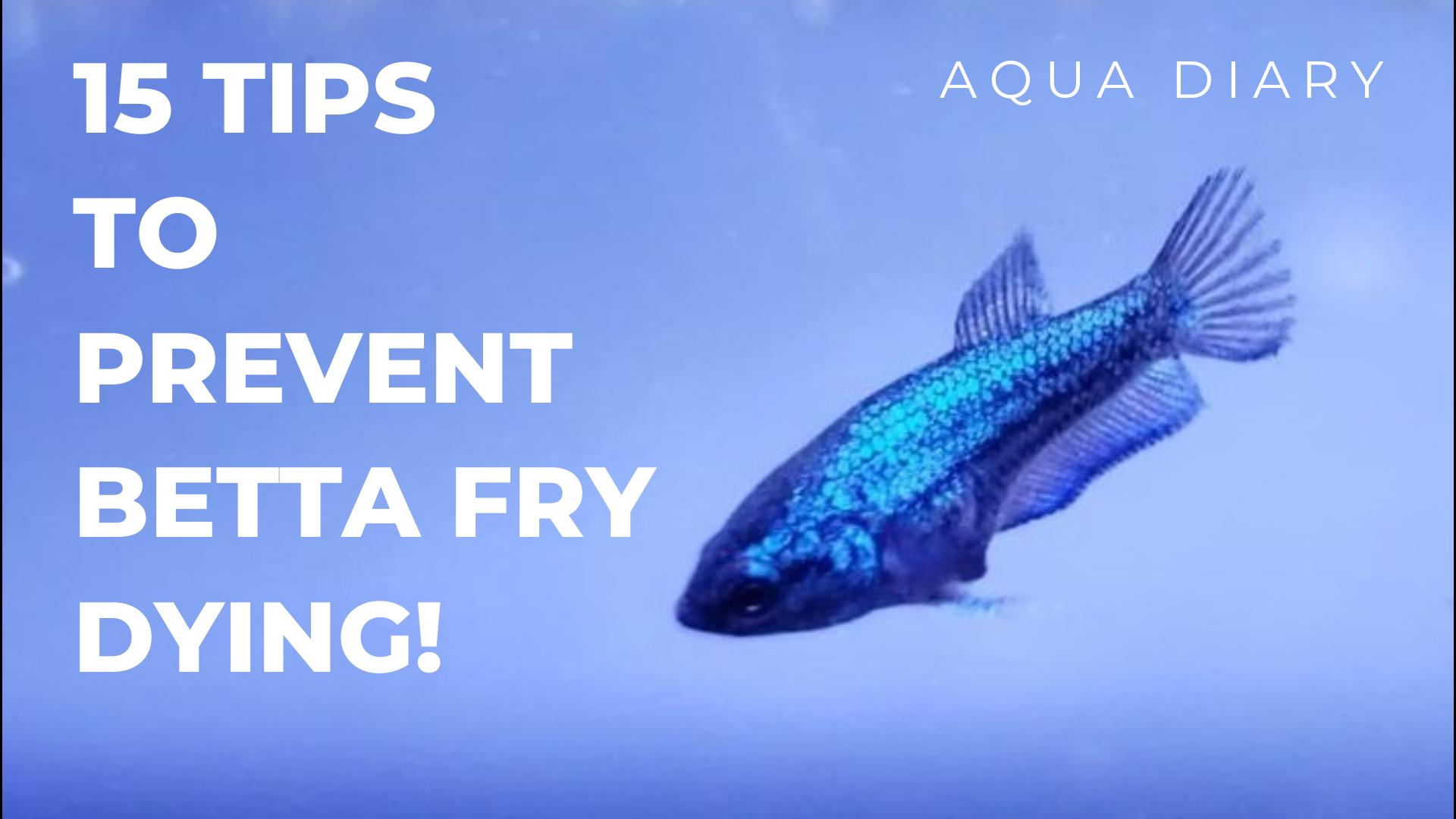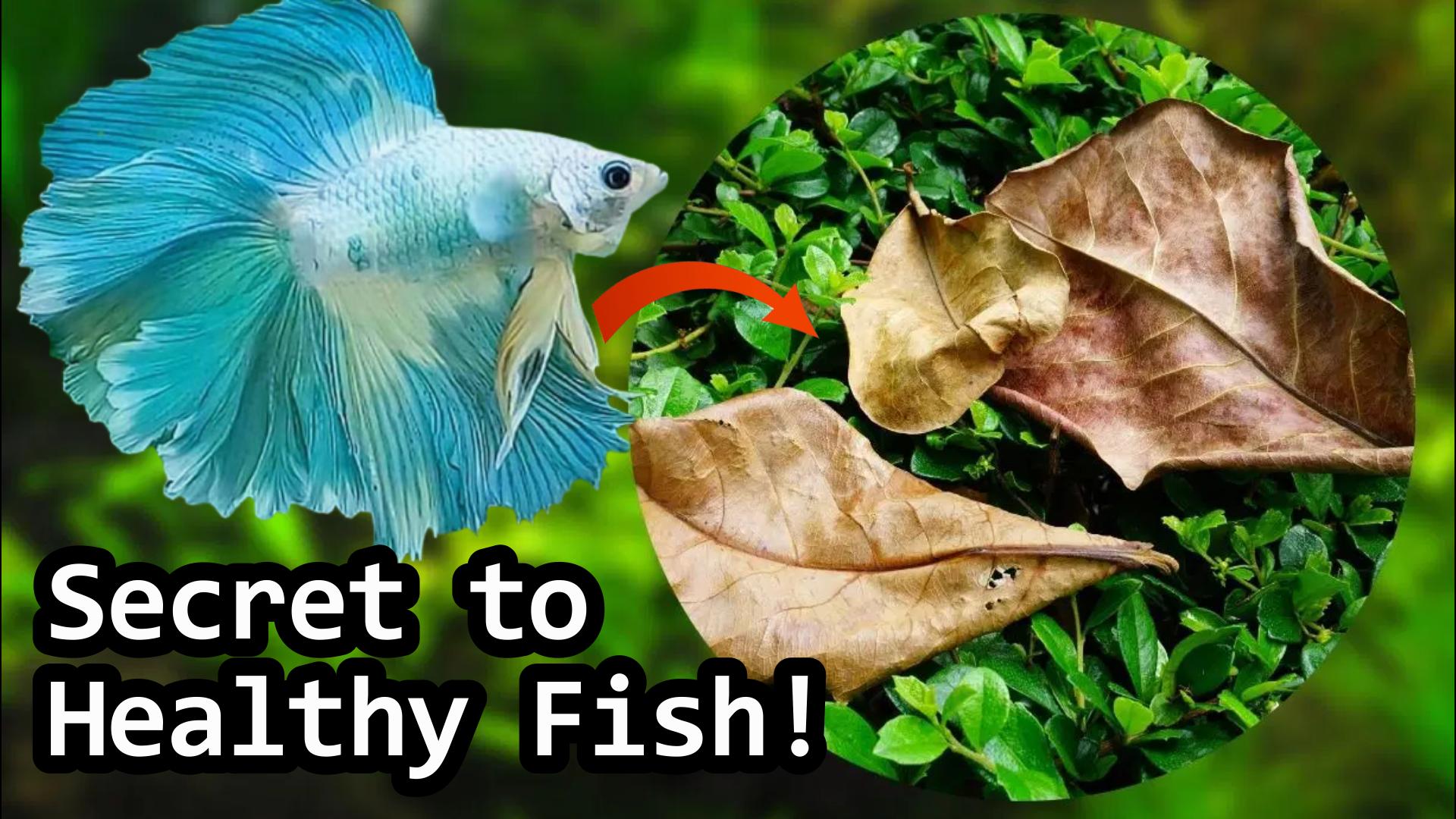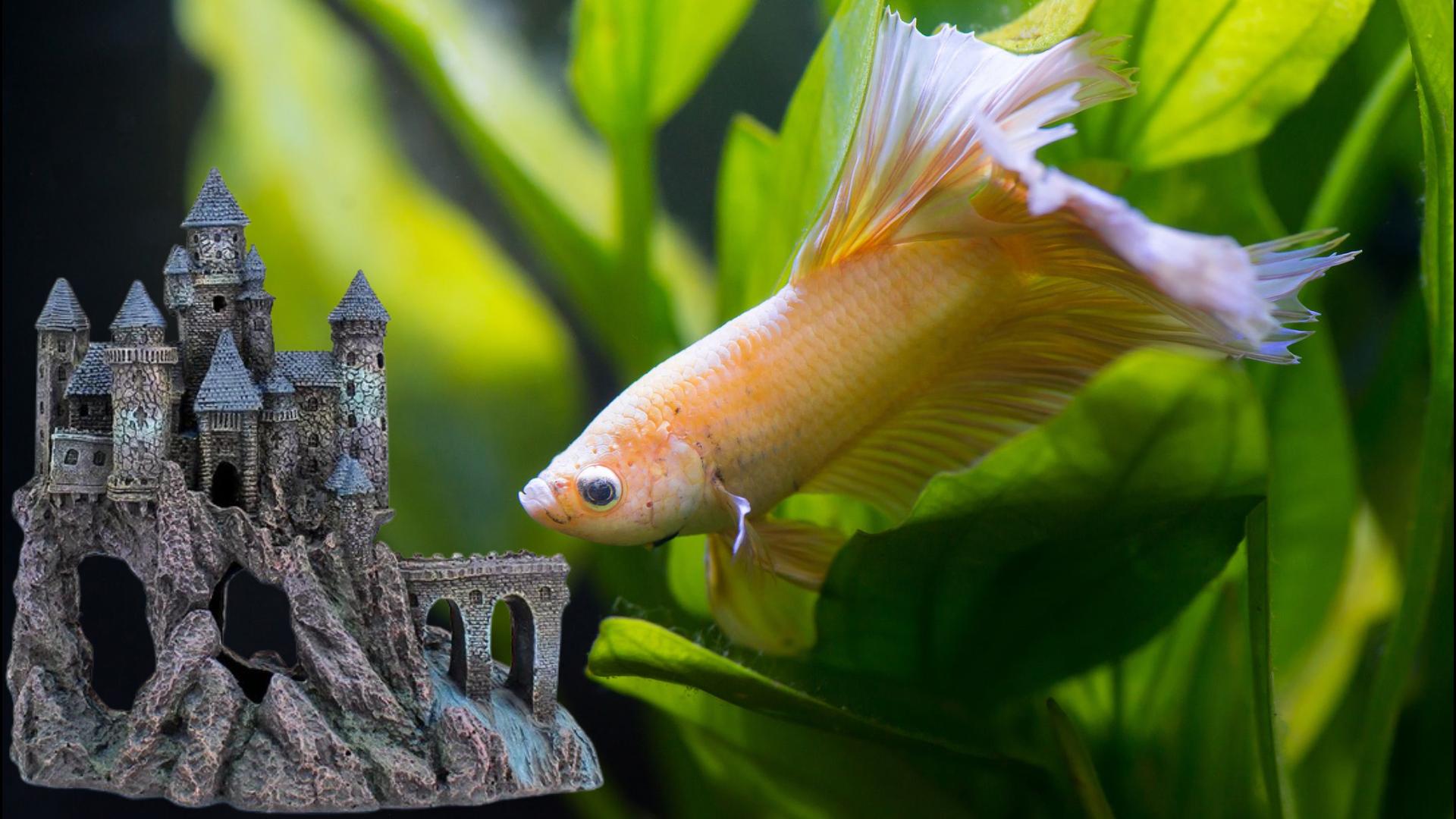This is not just another complicated Betta Fish Tank Setup or guide blog. If you are a Newbie and like to know the all tips and tricks you need for buying and setting up the tank, you picked the right page. We have tons of pro tips to cover! So fasten your seat belt & get started.
Betta Fish are smart and intelligent creatures,
They prefer to live in a beautiful setting with lots of plants which is closer to their natural environment. Betta fish are most favorite among the freshwater fishes. because of their beauty, colors, and magnificent fins, they do deserve a home where they can thrive and be happy.
Adding a few lovely Betta Fish tank decorations can lift the fish’s spirits and enhance the aquarium’s aesthetic appeal.
#1. Choosing Betta Tank
es, Size really Matters for Betta tank. Bettas are often kept in tiny plastic bowls, which is not ideal. So don’t get an idea from pet-store betta containers; it’s just for selling purposes.
Keeping them in a small container will make them sick and have a miserable life. Don’t do that unless you think of yourself as Jim Carrey Ace Ventura who knows everything about animals. LOL! (Blog edit note: Please add a picture from Ace Ventura)
A good rule of thumb recommended by multiple sources is three gallons of water per inch of fish. Betta fish tend to be 1-2 inches long so make sure to take a look at your fish and find the right-sized tank to accommodate its size.
But that’s not what you want; you want a betta that’s content and thrives in your home. We recommend at least 3-5 gallons based on your betta size, preferably much larger.
#2. Picking Tank Gravel.
Aquarium gravel makes the tank more attractive, and it comes in a variety of colors and sizes, from tiny pebbles and sand to large river rocks.
Gravels stock the waste and other things to avoid water getting contaminated. Gravels offer home for beneficial bacteria which are necessary to eliminate waste from the fish, leftover food, and plant debris.
The bacteria can live without a comfy gravel bed, but they might not grow in sufficient quantities to keep the aquarium safe for your fish.
Make sure to rinse Gravel with cool running water to remove dust which could clog your filter. Don’t use soap to clean Gravel. It may end up killing your betta. Avoid picking gravels which are sharp edges even its small; smooth gravels are better.
Because Betta fins are very sensitive; sharp edges can easily damage the fins. You’ll need two inches of gravel if you’re using live plants because they won’t root otherwise. One inch of gravel works for fake plants.
#3. Do you need a Filter?
Yes, you need a filter unless you decide to clean and change the water every other day like betta farms in Asia. Having a filter can reduce the amount of disease-causing bacteria, and food waste in your tank by using a filter to help keep it clean.
Bettas can’t swim against strong currents because of their long, flowing fins. Therefore, you must use a ‘gentle’ filter.
Look for a filter that lets you control the amount of water that passes through it. As a result, you’ll know that you can generate the best possible currents. Use a filter with a GPH four times greater than your tank’s size to get the best filtration.
#4. Tank Heater.
Bettas are native to Thailand’s tropical waters, so you’ll need to invest in a heater. 78-82 degrees Fahrenheit is a good temperature range for a fully submersible heater.
Checking tank temperature is easy as well. Diseases like Ich can spread if the temperature drops too low. If you set it too high, your Betta’s will age soon. Select a heater with a thermostat to make it simple to keep an eye on the temperature.
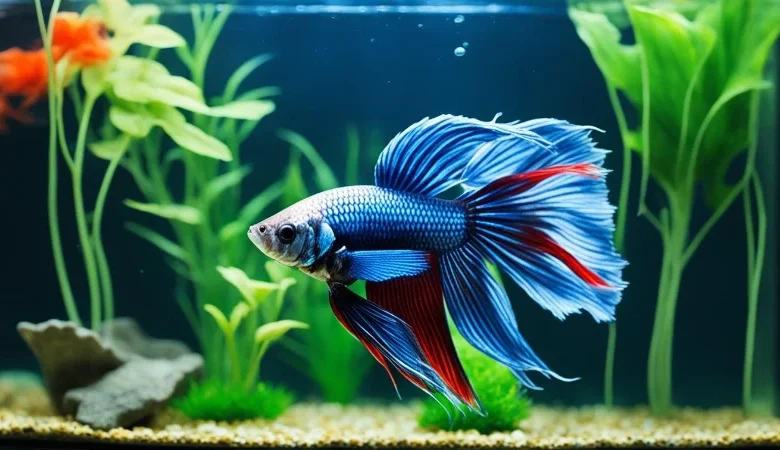
Also, heater readouts aren’t always correct, so always use a separate thermometer. If you are living in cold states of the USA or other countries, I would recommend to Heater setup that auto starts when temp goes low in the tank. This will avoid manual on & off for the heater during winter days.
#5. Picking the right Water – Betta fish Tank setup
Never put your Betta fish in the water straight from the tap. Tap water may look and taste fresh and clean to us, but it often contains chemicals that keep it sparkling and pathogen-free. You should use them filtered and cleaned.
Another way to ensure that the water in your Betta’s tank is right for your little friend is to treat it with a water conditioner.
Water conditioner is inexpensive and formulated to keep things ideal for your fish. If you adopt city water, we recommend using a water conditioner to make sure the betta tank has the right water. Betta water should stay between 6.5 – 7.5pH.
You can buy Betta water trips to test your water condition. Bottled water may also be contaminated with everything from arsenic to other toxins. Bottled water is usually soft, however. It is a considerable choice for new setups if your tap water is too hard for bettas.
Fill your tank with water by placing a plate on top of your gravel and pouring it over the plate. You won’t be able to move the gravel if you use a plate. Remember to leave about an inch of space at the top of your gas tank before filling it up. It helps betta take a breath & also avoid betta jumping out of your tank.
#6. Plants and Decorations For Your Betta.
Having different plants and caves in your tank brings a lively environment for Bettas. Betta loves plenty of shade, hiding spots, and relaxing places in the tank. Bettas like to relax on the leaves which helps them to reach the top quickly for a bubble. It’s critical that you inspect your ornaments for any potential snags or tears in your Betta’s fins before putting them in the tank. If you thinking of fake plants, use silk ones and not plastic ones to keep your Betta fins safe and healthy to avoid damage.

Many aquatic plants are easy to care for and don’t need a lot of light to live, making them ideal for beginners. Some easy maintenance plants for beginner fish keepers are Java Moss, Amazon Sword, Hornwort, Anopias, Java Fern, Dwarf water lettuce, and Pygmy chain sword. Do check them out.
#7. Add Neutralizer and Perform a Fishless Cycle.
If you’ve used tap water to fill your tank, it’s likely to be chlorinated. Remove the chlorine by mixing in some neutralizer.
Climatic acid will prevent you from completing the fishless cycle, which is critical. When you add your Betta, it will die if you don’t do this first. The humane way to use the Nitrogen Cycle is to use a fishless cycle. Enabling the toxic ammonia to become toxic nitrite, and then toxic nitrite to become nitrates (non-toxic).
As a result, you must complete this step in its entirety. In addition, the beneficial bacteria will help your fish’s environment by removing waste from it.
#8. Betta Fish need some Rocks – Betta fish Tank setup
Bettas like to rest and hunt on rocks, so only use smooth rocks in your aquarium. Rocks with sharp edges or rough textures (like lava rock) can rip the Betta’s fins, and you don’t want that. Use aquarium-grade glue if you plan on stacking the rocks into a design. If you do this, make sure the rocks are secure and won’t move.
Resin or plastic is most commonly found in pet store rocks. Rocks found in the natural environment are a good choice, but make sure to clean them well and No Chemicals or toxins, as well as parasites or fungi, may be present.
#9. Other Supplies & Tips – Betta fish Tank setup
Don’t forget to buy a dechlorinated one to remove the water’s toxic chlorine and a siphon for easy aquarium cleaning, in addition to the supplies going inside the tank.
Purchase aquarium water test strips to help you keep track of how often you should clean the tank. Proper lighting system that enriches the appearance of your betta tank. Also, high-intensity lights will stress out Betta. Be cautious!
Weekly partial water change is also a nice tip to consider. Never release betta to the tank with the water you received from the store. Always keep a betta in a separate container for some time and slowly release to the tank preferably after 24 hrs of tank setup.
I can’t stop talking about feeding betta which is also crucial part of keeping healthy & happy betta. Purchase the right Betta food very important part of betta keeping.
Also, it’s extremely important not to overfeed your Betta. Use tweezers to part the right amount of food.
Betta fish Tank setup Tips & Tricks.
How To Setup Planted Betta Fish Tanks?
Now that you understand about basic betta fish tank setup, let’s look at the planted tank setup tips to make your betta fish aquarium to next level. Planted tanks are less work to maintain than normal aquariums, but they require proper setup.
The size of your tank, lighting, substrate, fertilizers, plant types and fish you choose will play a crucial role in your planted tank. I will discuss 8 tips and tricks for a successful low-tech planted tank setup.
1. Substrates for plants.
Choosing the proper substrate is essential for success with plants. In my experience, gravel and coarse sand work well. Several plant-specific substrates are available infused with iron and other minerals to promote healthy plant growth.
You can also choose standard aquarium sand or fine gravel. Personally i have even use Garden clay soil for my substrates. But make sure it’s organic and no chemical fertilizers have been applied. Do not use coral or dolomite substrates, as they slowly dissolve and raise the pH level which is harmful for your fish.

2. Be ready to face dead plants.
Don’t get discouraged if your plants die after a few days of planting them! If you’re buying dry plants in pet store tubes, they are more likely not to grow.
It may take a few days for these existing leaves to die. But the roots are still alive and should regrow new leaves. Just trim the old leaves and wait for the plant to grow back. Also, the key to success in planted tank is trimming your plants wisely. I usually trim my plants every 4-6 weeks based on the tank setup.
3. Pick a proper light setup.
A planted aquarium should receive at least 8 to 10 hours of light per day. Try and keep the tank in a spot away from direct sunlight as algae growth can be really difficult to manage in planted tanks. It is a good idea to use LEDs for low-tech planted tanks since they produce little heat, last long, and consume little energy.
Also you can adjust the light intensity based on your tank setup and algae growth.
In the middle of the day, I give lights a 1 hour break. This allows carbon dioxide levels to rise because plants aren’t photosynthesizing. Plants can also absorb nutrients from the water and substrate during this time.
The algae growth cycle will be impacted when no lights. When the lights come back on the plant has more carbon dioxide to photosynthesize again.
4. Patience is the key
When you first set up an aquarium there is no biological balance. The process of achieving a perfect tank takes weeks, if not months.
The most effective approach is to start slowly, add nutrients in small amounts to your tank and be patient. If you make changes, make them minor and allow at least a week to evaluate the effects.
5. Use expert tank landscape.
While filling the substrate, start with a thin layer at the front and gradually increase in height as it moves further back into the tank.
Your tank will look better this way. At most, the substrate along the front of the glass should be less than 1.5 inches. When putting plants into the tank consider how your plants will look in the future. I have seen people sometimes put fast-growing plants in front of the tank and block the tank’s view as they grow.
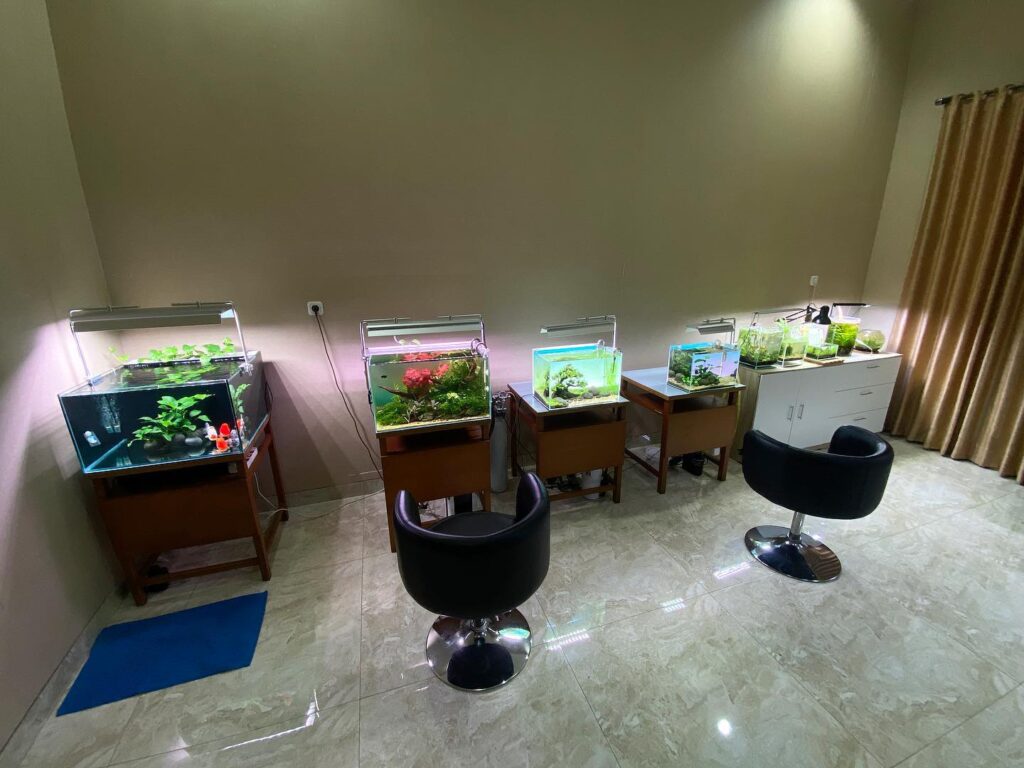
6. Do a frequent water change
Many algae problems in your planted tank can be quickly resolved by increasing the water change frequency. In a low-tech plant tank, you can go once a week for a partial water change. I personally do a 25-30% water change at least 2 times a week on my betta tanks.
7. Consider adding invertebrates
As you plan all the necessities for your planted aquarium, you may want to consider investing in invertebrates. These small cleaners can include shrimp, snails, crabs, or crayfish. There are many species of invertebrates that contribute significantly to the cleanliness of your planted aquarium.
8. Pick the right fish.
In my personal experience, short-fin bettas did very well in planted tanks than long-fin betta. Stop adding digging fish as they move your substrate occasionally and impact plants. In my experience in freshwater planted tanks, i love keeping tetras, Corydoras Catfish, guppies and betta fish on my planted tanks. In addition, if you like to know how to choose your betta fish post details on selecting betta fish.

